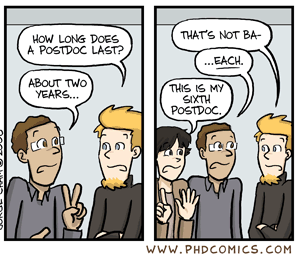Remember those controversional macro- and trace fossils from the 2 billion year-old Stirling formation? They seemed to offer the intriguing possibility that multicellular life may have popped into being far earlier in Earth history than is generally supposed. However, this rather interesting story from Discovery News suggests that we may be doing the distant ancestors of our single-celled brethen a slight disservice when we assume that they didn’t come up with a few neat tricks in the couple of billion years that they had the planet to themselves:
A distant relative of microscopic amoebas, the grape-sized [up to 3cm across] Gromia sphaerica was discovered once before, lying motionless at the bottom of the Arabian Sea. But when Mikhail Matz of the University of Texas at Austin and a group of researchers stumbled across a group of G. sphaerica off the coast of the Bahamas, the creatures were leaving trails behind them up to 50 centimeters (20 inches) long in the mud.





Nice plan for content warnings on Mastodon and the Fediverse. Now you need a Mastodon/Fediverse button on this blog.